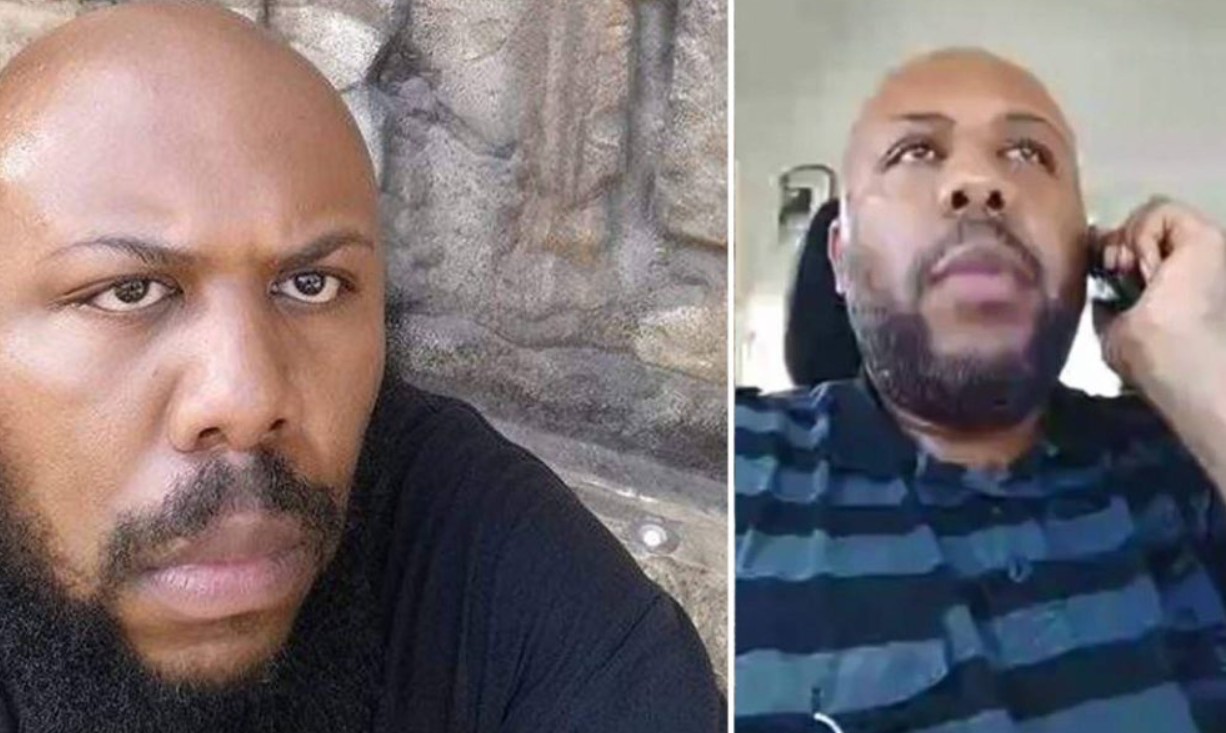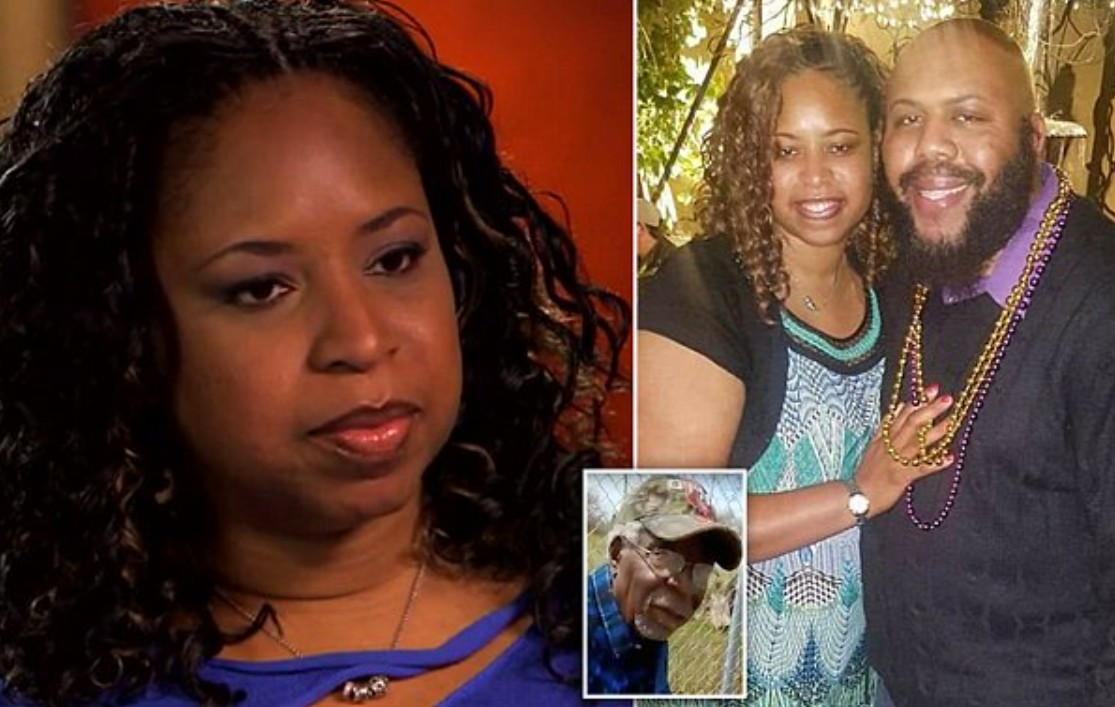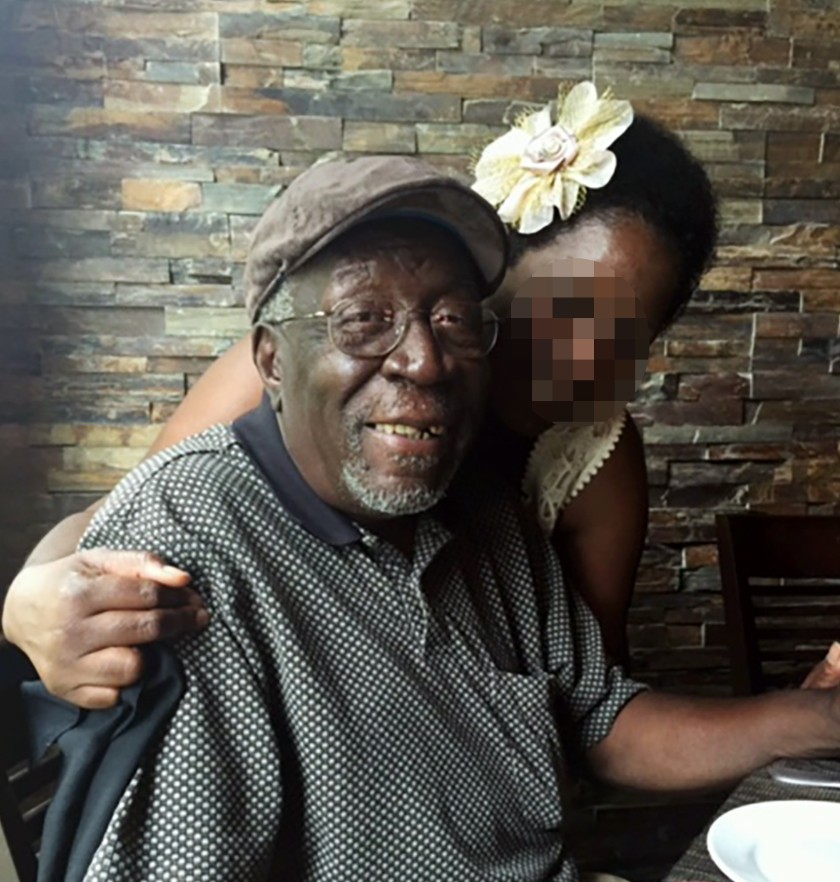Steve Stephens and Robert Godwin Video: National Manhunt
On a quiet Easter Sunday in Cleveland, Ohio, a horrifying act of violence shattered the peace of an unsuspecting family and stunned the nation. A 74-year-old retiree named Robert Godwin Sr. was randomly murdered while walking home, and the killing was posted online for the world to see. The perpetrator, 37-year-old Steve Stephens, used Facebook as a platform to broadcast his crime, turning a private act of brutality into a public nightmare. What followed was a multi-state manhunt and a broader conversation about the role of social media in moderating violent content.
Content
The Murder of Robert Godwin Sr.
Robert Godwin Sr. was a beloved father of ten and a former foundry worker enjoying a quiet Sunday in his neighborhood. After celebrating Easter with his family, Godwin was out collecting aluminum cans a routine activity in his retirement when he was senselessly targeted by a stranger. That stranger was Steve Stephens, who pulled up to Godwin on the sidewalk, calmly exited his vehicle, and began speaking to him while recording the entire encounter on his phone.
Moments later, Stephens drew a gun and shot Godwin at point-blank range, killing him instantly. In the chilling video that followed, Stephens can be heard saying, “I snapped, I just snapped.” The video was uploaded to Facebook, where it rapidly spread across social media before it was taken down.
The random nature of the attack only deepened the public horror. Godwin had no connection to Stephens. He was a kind-hearted man with a big family, and his murder was as shocking as it was inexplicable.
The Role of Facebook and Video
The crime became even more disturbing because of how it was shared. Facebook confirmed that Stephens posted three videos related to the murder on Sunday. In the first, he announced his intention to kill someone. In the second, he committed the act. Minutes later, he went live on Facebook to confess and ramble about his actions.
The video of Steve Stephens and Robert Godwin made people angry
The full uncensored video captures the heartbreaking scene of Steve Stephens and Robert Godwin
steve-stephens-and-robert-godwin-full-video.mp4
Facebook received its first report of the disturbing video 23 minutes after it was uploaded. According to the company, Stephens’ account was disabled two hours after the first report. Still, the damage was done. The video had been seen, shared, and saved by thousands, turning a horrific act into viral content.
The slow response triggered outrage. Critics questioned Facebook’s protocols for reporting and removing harmful content. In response, Facebook announced an internal review of how it monitors and responds to violent posts, vowing to improve detection and response time.
The incident exposed the darker side of social media: its ability to amplify real-world violence and trauma in real-time. For the Godwin family, the pain was intensified by the fact that millions witnessed the final moments of their loved one’s life.
The Man Behind the Crime: Steve Stephens
Steve Stephens was not a career criminal or a known violent offender. In fact, he worked as a counselor at a behavioral health agency, helping young people develop job skills and find employment. Colleagues and supervisors were shocked by the news, noting that Stephens had passed a thorough background check before he was hired. There were no warning signs at least, not on paper.
But under the surface, Stephens was battling personal demons. He filed for bankruptcy two years prior. In the videos he posted to Facebook, he spoke about losing everything to gambling and suffering from deep emotional turmoil. His romantic relationship with a woman named Joy Lane had recently ended, which he repeatedly mentioned as a trigger for his breakdown.
In one particularly haunting moment in the murder video, Stephens told Godwin, “She’s the reason that this is about to happen to you.” Godwin appeared confused and didn’t seem to recognize the name.
Joy Lane later issued a statement via text message to CBS News, expressing sorrow and shock. “We had been in a relationship for several years. I am sorry that all of this has happened,” she wrote. She was not involved in the crime, but Stephens’ twisted logic attempted to blame her for his violent actions.
The Manhunt and National Search
After the murder, Stephens fled the scene, triggering a massive manhunt. Cleveland police, supported by federal and state authorities, searched dozens of locations in and around the city. They attempted to contact Stephens by phone and encouraged him to surrender peacefully.
When he failed to turn himself in, the search expanded nationwide. Law enforcement agencies across the country were alerted. The FBI joined the investigation. A $50,000 reward was announced for information leading to his arrest.
Eventually, authorities tracked his cellphone to Erie, Pennsylvania about 100 miles east of Cleveland. On Tuesday morning, two days after the murder, Stephens was spotted by Pennsylvania State Police in Erie County. Officers attempted to pull him over. After a brief pursuit, Stephens stopped his vehicle and fatally shot himself before he could be apprehended.
The chase was over. The man responsible for a crime that captivated the nation had taken his own life.
Investigative Insights and Unanswered Questions
While Stephens claimed in his Facebook posts to have killed over a dozen people, investigators found no evidence to support that claim. Robert Godwin Sr. remains the only confirmed victim of the rampage.
But many questions remain. What drove Stephens to commit such a public and heinous crime? Why did he choose to document and broadcast it? Could anything have been done to prevent it?
Law enforcement officials have avoided speculating about the motive, but the videos posted by Stephens offer clues: financial desperation, emotional distress, and a profound sense of personal failure. Whether this was an isolated mental breakdown or a deeper issue with untreated mental illness remains unclear.
Broader Implications
Beyond the personal tragedy and law enforcement effort, the Cleveland Facebook killing raises larger concerns about the role of social media in modern society. Platforms like Facebook have become essential tools for communication but also for broadcasting acts of violence, real-time confessions, and suicide.
What responsibility do these platforms have to detect and stop such content before it spreads? How can law enforcement and tech companies work together to respond faster? These are pressing questions in the digital age.
In the wake of the murder, Facebook pledged to improve its systems for reporting and reviewing graphic or harmful content. But experts say more must be done to balance free speech with public safety and mental well-being.
The case also highlights the importance of mental health services. Stephens worked in behavioral counseling but seemingly had no outlet for his own issues. The irony underscores a larger societal failure to provide adequate support for people in emotional crisis especially those who may appear functional on the surface.
The murder of Robert Godwin Sr. is a deeply tragic story of a kind man taken too soon, a disturbed man in crisis, and a society grappling with the power and dangers of technology. It is a sobering reminder of how personal pain can erupt into public tragedy, and how social media so often a tool for connection can be weaponized for horror.
Godwin’s death should not be remembered solely as a viral video. It should be a call to action: for better mental health support, for faster and more effective content moderation, and for renewed empathy in our communities. His family has asked for prayers and peace, hoping that the memory of their father’s kindness can outlast the violence of his final moments.
As the nation reflects on this senseless act, one thing is clear: the intersection of personal crisis and digital media is a space we must understand better before another tragedy unfolds before our screens.
Daily Hot News -Shuaib Aslam Full Video and Tragic Livestream That Shocked
Delco Pooper Video and Laughter After Bizarre Road Rage
Alejandro González in Cancún Video and Fotos
FSU Shooting Starbucks Video and Florida State Shooter Caught on Camera
Ry Desabato Video and Social Media Reactions
Scuba Girl ASU Video Goes Viral and What Really Happened
Dylan Grant Bull Rider Killed Accident Video in Texas



